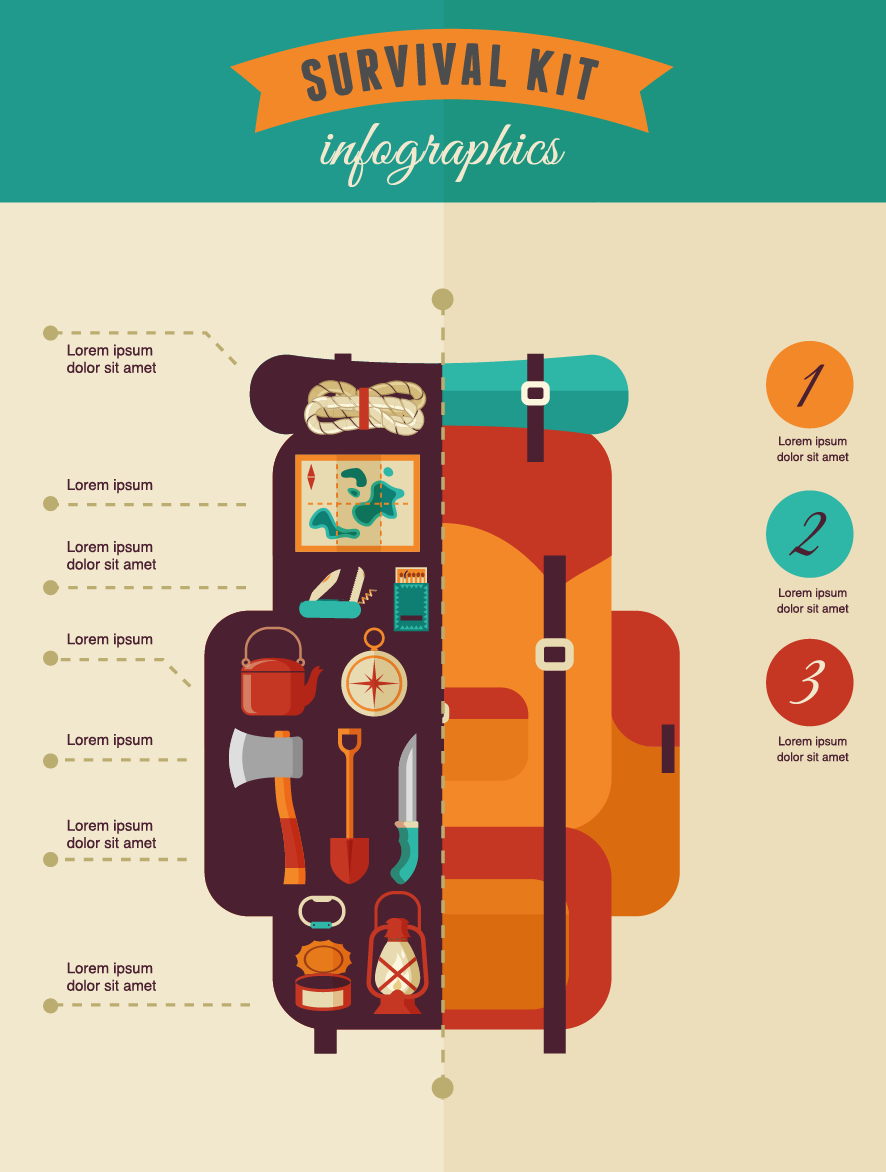Grow And Maintain And Run Your Own Profit Venture Entity By Selling Camping Tents
Grow And Maintain And Run Your Own Profit Venture Entity By Selling Camping Tents
Blog Article
How to Appropriately Set Up Your Outdoor Tents Before Outdoor camping
Establishing your outdoor tents can be a difficult job for even seasoned campers. This guide will certainly cover the basics of pitching a camping tent effectively and safely so you can enjoy your camping trip without tension or worry.
How long does canvas tent last?
Begin by outlining your tent's impact and ground sheet to safeguard your tent floor from rocks, sticks, dust, and various other debris. Next off, put together the outdoor tents poles and secure them to the corners of the camping tent body making use of the proper sleeve or hook.
Picking the Right Site
When you are tired after a long day walking, you intend to pitch your outdoor tents and prepare to sleep. But you must first stroll around the site to make sure it is risk-free for outdoor camping. Look down and approximately figure out whether any type of trees have huge dead branches that might fall on your outdoor tents. These are in some cases called widowmakers and you don't desire them to drop on you while you're sleeping.
Likewise be sure to stay clear of low areas that can flood throughout a storm and to camp far from pet tracks, nests and environments where ticks and chiggers are most likely to prosper. Try to find a level, rock-free place that is big sufficient for your camping tent and any other equipment you'll be bringing.
Some people like to set their outdoors tents up so the head end is sharp toward the east to capture the sunlight's warming rays first thing in the morning. This isn't always necessary, but it is a good touch that can assist wake you up.
Pitching Tips
It may appear noticeable, yet correct tent pitching is just one of one of the most essential consider a good night's sleep. Having a practice run in your home will certainly help you acquaint yourself with your camping tent, discover all the pole sleeves and bolts, and ensure whatever remains in location. It's additionally a blast to practice using guylines for stability and to uncover any broken pieces.
When you get to your outdoor camping site, check out the surface to see if it appropriates for your camping tent. A great rule of thumb is to pitch the camping tent on a flat, level spot with a minor downhill angle. This will certainly permit rainfall to drain away from the outdoor tents as opposed to pooling before it.
If you can not discover a degree area, think about positioning a tarp or various other groundsheet under your camping tent footprint to safeguard it from moisture. This can additionally help keep dirt out of the camping tent.
Utilizing Guylines Successfully
Making use of individual lines effectively is important to seeing to it your tent or hammock stays secure in high winds and other bad weather. A person line is a rope or cable that affixes to the ground through loops and D-rings in the structure, tarpaulin, or rainfly.
Start by protecting one end of the line to a guyout loophole on your outdoor tents or rainfall fly, or to the post it's connected to. After that loophole the other end of the line over a stake placed well away from the framework and tighten it.
Keeping your shelter's individual lines tight will certainly stop sagging or drooping throughout gusty conditions, preventing moisture from seeping right into the camping tent or damage to the framework and boosting comfort and safety and security during camping. Constantly check the stress of your individual lines during and after negative weather conditions to ensure they continue to be protected. On top of that, take into consideration loading an individual line tensioner to quickly change and maintain the proper quantity of stress in your lines.
Taking Down the Tent
When settling right into your camping site, discover an area with a flat area and clear it of rocks and debris. Additionally, make sure to put down a tent footprint or tarpaulin somewhat smaller than your outdoor tents body to stop water pooling. This helps maintain your camping tent dry from rainfall or condensation and can be particularly valuable in windy areas.
Analyze your permanent tent homes gear, consisting of the outdoor tents stuff sacks to ensure nothing is missing out on. Inspect that the poles match their clips and replenish first-aid items if required.
When it's time to pitch your camping tent, begin by orienting the doors downwind, and stake down each corner of the tent. If the ground hangs or sandy, think about spreading a tarp under your outdoor tents to secure it from wind and decrease the likelihood of your outdoor tents toppling. Likewise, make sure to make use of guylines properly to restrain your rainfly and keep it tight. A well-pitched camping tent can avoid dripping, condensation, and sunlight damages.
Are Bell Tents good in wind?
